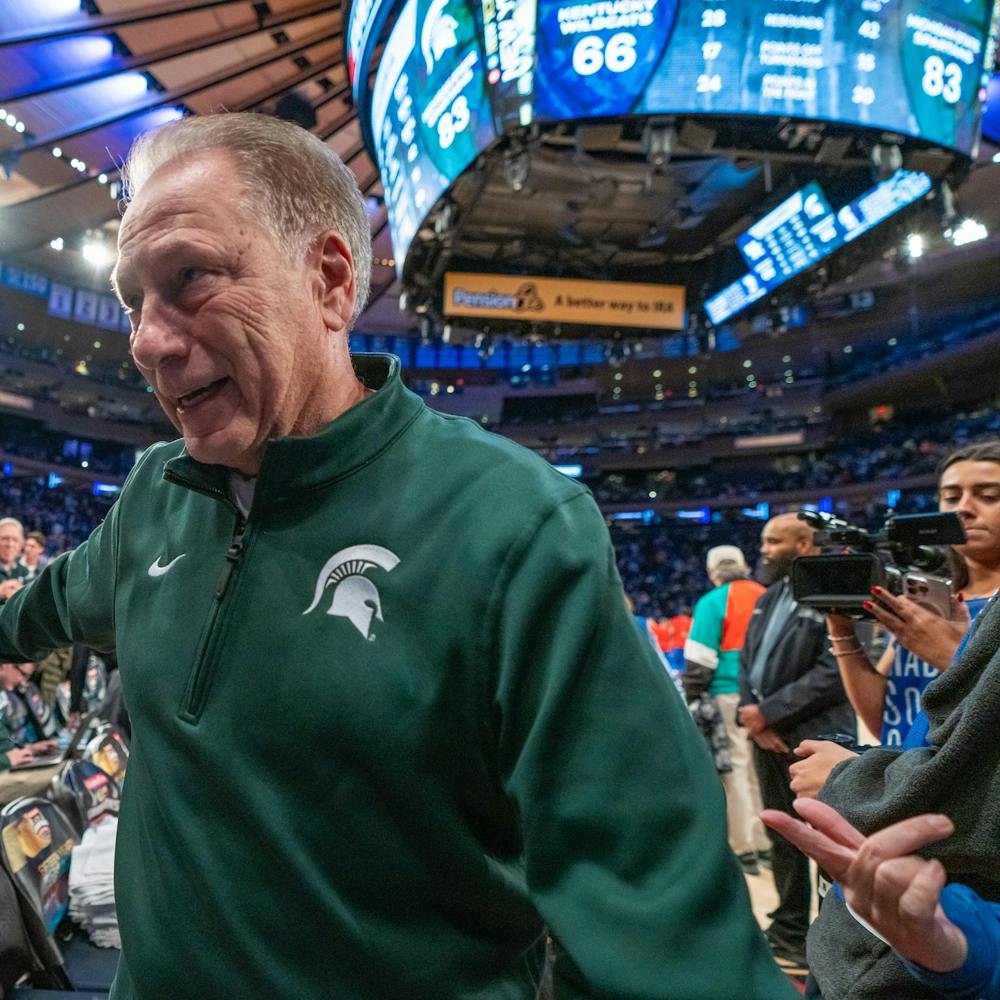The confetti has long since fallen, the champagne bottles lie empty and the highlighter-green signs that dotted lawns across the state have begun their descent into obscurity.
As the post-electoral buzz subsides for Governor-elect Rick Snyder and his supporters, they’ll have a momentary reprieve before taking on the daunting task of rebuilding Michigan and the multitude of issues that go along with it.
Regardless of political strategy or economic policy, there is one key element that will determine whether Michigan rises to prominence once more or continues its downward spiral: the resurgence of Detroit.
When Detroit was the thriving, pulsating heart of American manufacturing, the state flourished along with it.
Although it now boasts a bevy of problems — unemployment, failing schools, crime — all these issues stem from the same common trend: unbridled urban sprawl.
If Snyder truly wants to fix Michigan, he must reverse that trend.
Since the post-World War II population surge, the Metro Detroit area consistently has been spreading out across southeast Michigan. Unfortunately, it has spread too thin.
McMansions are popping up in the surrounding counties while communities within the city are left to decay.
Furthermore, Detroit is a geographically large city with an almost nonexistent public transit system; that translates to a near impossible business environment.
There are few, if any, areas in and around the city with high amounts of foot traffic. When taking into consideration that the young, old and poor, for the most part, cannot drive, about half the population is restricted from accessing most local businesses.
Suburbanites flood Detroit’s main arteries, commuting to the few remaining jobs within the city limits before quickly retreating to their isolated communities.
The city continues to sink money into constantly repairing those roads and pumping utilities out to all the surrounding suburbs while bringing in dismal amounts of tax revenue.
Meanwhile the folks in the ‘burbs are accumulating debt of their own by taking out loans to pay for brand new homes and cars for their commute as well as their children’s school and extracurricular activities.
While Detroit is one of the more severe cases of urban sprawl, it is not alone. Other former manufacturing cities such as Cleveland and St. Louis also have seen dramatic drops in population.
But let’s not throw in the towel just yet; there are solutions to these problems. The first step is getting people to move back into the city.
With the negative stigma Detroit has carried these past few decades, this is by no means an easy task. But with so many individuals from Generation Y tiring of suburban life, the draw of urban living is growing once again.
The next step is putting in public transit, preferably running from the suburbs into and throughout the city. Assuming the city can cut back on crime, people would be willing to take this transit into the city more often.
If Detroit then can satisfy living needs as well as needs for groceries and clothing that gradually have been outsourced to suburban mega-malls and grocery stores, then it could see a substantial influx of young residents.
City’s such as Portland, Ore., successfully have implemented restrictions on urban growth, it’s built-up mass transit systems and created a flourishing downtown where people live and work, thus reducing its rate of urban sprawl.
There are even examples of this “new urbanism” taking place within the state. Grand Rapids, Mich. — another former manufacturing city — has drawn more people during the last two decades by replacing its empty factories and warehouses with high-rise apartments and lofts, expanding vertically rather than horizontally.
Support student media!
Please consider donating to The State News and help fund the future of journalism.
There are definitely other factors that come into play such as the financial shortcomings of the state, the logistics of implementing these changes, and unfortunately, the prevalent racial differences in the region.
But these are just hurdles on the track to recovery. Come Jan. 1, we’ll see how high Snyder can jump.
Kyle Campbell is a State News staff writer. Reach him at campb659@msu.edu.
Discussion
Share and discuss “Without Detroit, Michigan will fail” on social media.






